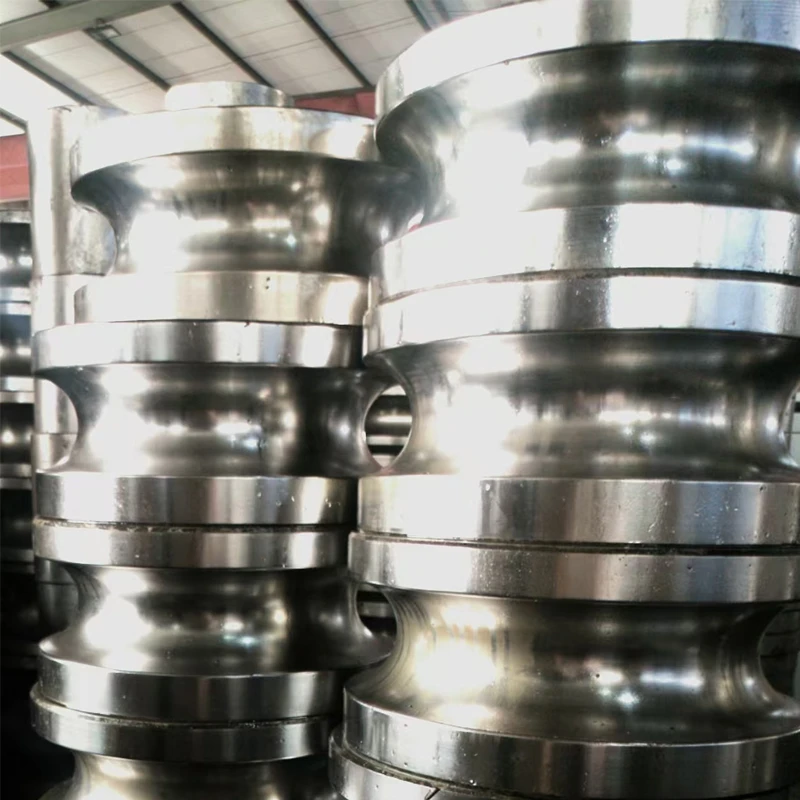Efficient Solutions for Straightening Rods in Manufacturing Processes
The Importance of Rod Straightening Machines in Modern Manufacturing
In the realm of manufacturing, precision and efficiency are paramount. One key component in ensuring that metal rods meet specific standards and specifications is the rod straightening machine. This essential piece of equipment plays a critical role in the production of various industrial products, from automotive components to structural materials. Understanding the functionality and benefits of rod straightening machines is vital for manufacturers aiming to enhance their operational processes.
What is a Rod Straightening Machine?
A rod straightening machine is a specialized device designed to eliminate bends, twists, and other deformities in metal rods. The machine utilizes a combination of mechanical force and precise alignment techniques to achieve a straightened product. Typically, these machines are equipped with rollers and guides that help in realigning and straightening rods of various lengths and materials. The process not only restores the rods to their original shape but also improves their overall structural integrity.
How Does It Work?
The operation of a rod straightening machine generally involves several steps. Initially, the metal rod is fed into the machine where it passes through a series of rollers. These rollers apply a controlled amount of force to specific points on the rod to correct any imperfections. Advanced machines often incorporate hydraulic or electrical systems to precisely control the pressure and alignment of the rollers, ensuring that the straightening process is both effective and consistent.
Once the rod has passed through the rollers, it is typically measured for accuracy. Most modern rod straightening machines are equipped with measuring systems that provide real-time feedback on the rod’s straightness. This integration of technology not only boosts efficiency but also minimizes material waste and ensures that only perfectly straight rods proceed to the next stage of production.
Benefits of Using Rod Straightening Machines
rod straightening machine

1. Enhanced Product Quality The primary benefit of using a rod straightening machine is the improvement in product quality. Straightened rods are crucial for applications where precision is vital, such as in automotive and aerospace industries. Ensuring the straightness of rods minimizes the risk of structural failures in end products.
2. Increased Production Efficiency By automating the straightening process, manufacturers can significantly reduce the time and labor costs associated with manual straightening methods. This increased efficiency allows for higher throughput and quicker turnaround times, giving businesses a competitive edge.
3. Reduction of Material Waste Deformed rods that are not treated can lead to scrap material or rework, both of which can be costly. A rod straightening machine reduces this waste, allowing manufacturers to make better use of their resources.
4. Versatility and Customization Modern rod straightening machines can accommodate a wide range of rod sizes, materials, and shapes. This versatility makes them an invaluable asset in diverse manufacturing environments, from large-scale operations to specialized workshops.
5. Safety Enhancements By mechanizing the straightening process, these machines contribute to a safer working environment. Automated systems reduce the need for manual handling of heavy and potentially dangerous materials, thereby minimizing the risk of accidents.
Conclusion
The rod straightening machine is an indispensable tool in the metalworking and manufacturing industries. Its ability to produce high-quality, straightened rods efficiently enhances product standards and overall production capabilities. As manufacturing technology continues to evolve, the integration of advanced rod straightening machines into production lines will play a crucial role in meeting the increasing demands for precision and quality in industrial applications. By investing in such machines, manufacturers can not only improve their processes but also ensure they stay competitive in a rapidly changing market.
-
High Frequency Straight Seam Welded Pipe Production Line-BzZhou Xinghua Machinery Equipment Manufacturing Co., LTD.|Precision Welding, High EfficiencyNewsJul.30,2025
-
High Frequency Straight Seam Welded Pipe Production Line|BzZhou Xinghua|Precision Welding&EfficiencyNewsJul.30,2025
-
High Frequency Straight Seam Welded Pipe Production Line - BzZhou Xinghua|Precision Engineering&EfficiencyNewsJul.30,2025
-
High-Frequency Straight Seam Welded Pipe Production Line-BzZhou Xinghua Machinery Equipment Manufacturing Co., LTD.NewsJul.30,2025
-
High-Frequency Straight Seam Welded Pipe Production Line-BzZhou Xinghua Machinery Equipment Manufacturing Co., LTD.|Precision Manufacturing, High EfficiencyNewsJul.30,2025
-
High Frequency Straight Seam Welded Pipe Production Line-BzZhou Xinghua Machinery Equipment Manufacturing Co., LTD.|Precision Steel Pipe Manufacturing&Industrial EfficiencyNewsJul.29,2025


